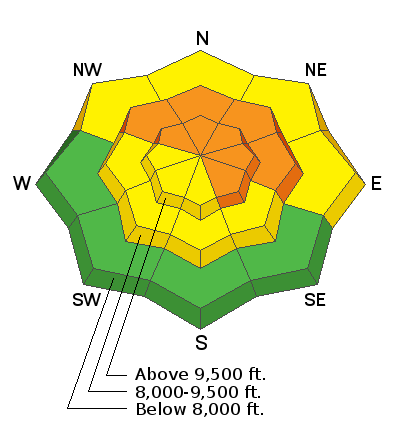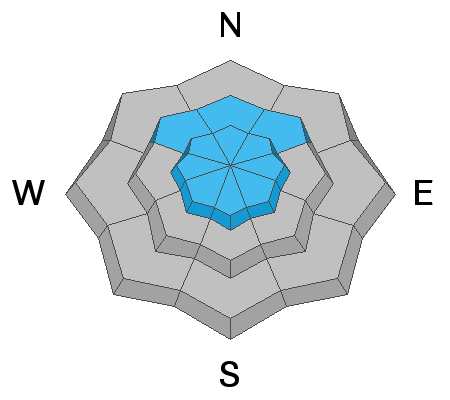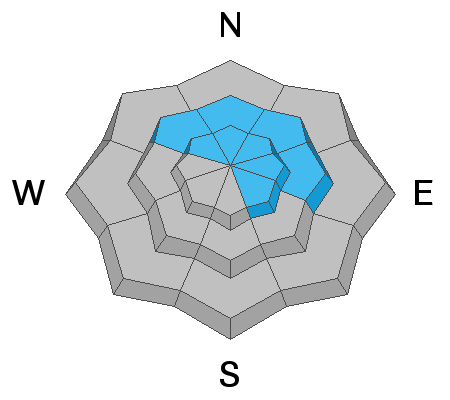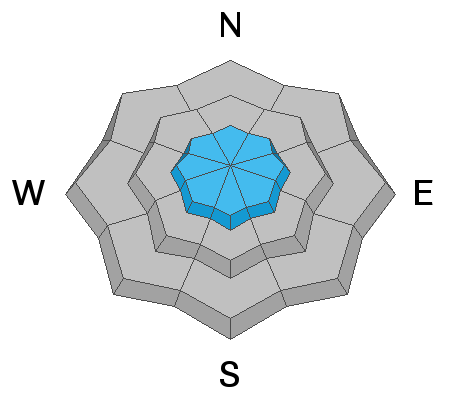A cold front entered the Wasatch mountains overnight with snowfall beginning just after midnight. As of 6 am, temperatures in the Provo mountains range throughout the 20's F and winds are northerly and generally light at the low and mid elevations. Upper elevations are in the teens with gusts in the 20's and 30's mph. Overnight snowfall varies widely, with 1-6" reported, the highest amounts in the southern end of the range.
For today, expect periods of light to moderate snowfall, with storm totals of 3-6" by late afternoon. Temperatures will be in the teens at mid and upper elevations, and low to mid 20's F at lower elevations. Winds will be out of the northwest. At the mid elevations winds will average in the teens, with gusts in the 20’s mph. At upper elevations add about 10 mph to those numbers, averaging in the teens and low 20’s mph, with gusts in the 30’s mph.
Continued snowfall is expected overnight, with an additional 1-3" possible. Clearing during the day on Thursday, with cool temperatures in the teens and 20's mph.
For the extended forecast, Friday looks to remain cool, but a strong ridge of high pressure moves in and stays put for awhile. Temperatures along upper elevation ridgelines will be above freezing by Sunday.
We heard reports of wet activity on Tuesday, including a large wet loose avalanche on a north aspect at 7500' in Slide Canyon.











